If you’re at all into self-publishing or e-publishing, you’ve probably heard of J.A. Konrath. He was one of the first authors to turn his back on the traditional publishing system and start enrolling his new titles (and old ones where the rights had reverted back to him) into the Amazon Kindle Store. For more than a year, he’s been sharing his impressive sales results, and earlier this month he posted that he’d made $100,000 in the three weeks around Christmas (he eventually made $140,000 over a 30-day period).
Most of us would be tickled to make that much in a year, and it’s mind-boggling to imagine making that much in a month from selling $0.99 and $2.99 ebooks. Really. I’m boggling right now. Feel free to take a moment to do the same before moving on.
Ready? Excellent. So…what can we learn from Joe’s success that can actually help us? The little guys?
I’m sure we could learn a lot from going back and reading his old blog posts, but I thought there were some worthwhile nuggets just in the *screenshot he posted of his Jan 1 to Jan 11 Amazon sales report. Here it is (click on the picture for the full-size version):
*He has fifteen more titles that didn’t show up in the screenshot
Here are a few things I noticed and that I think can be helpful for us:
Joe has a butt-load of books out
I see a lot of indie authors getting frustrated when they’re working their tails off at marketing, promoting, social media networking, etc. and it’s not doing much for their sales. I’ll check out their author pages and see that they only have one or two ebooks out.
I understand their impatience (one of the big reasons I got into e-publishing is because I’m impatient too — spend two years to query agents and pursue the Bix 6? No, thank you.), and I also have a long ways to go before I have a huge pile of books out there, but I’ve definitely noticed that sales have improved with each successive novel I’ve released. It’s not a guarantee, of course, but the more work you have out there, the more chances there are for people to stumble across your work. Once they do stumble across it, they can go on to buy many more books by you if they enjoy the first.
How many books is enough?
It’s true that e-publishing is just taking off, and there are some opportunities for quick success, but most of us will have to publish many books over several years before we get to the “doing this for a living” level. Traditionally published mid-list authors often have 10 or more books in print (not counting out-of-print titles) before they get to quit the day job. Maybe with e-publishing, you’ll get there sooner, but if you expect for it to take years, then you won’t be setting yourself up for disappointment.
It looks like Joe has 35-40 titles out there, and I know a lot of them, if not the majority of them, are novels, not short stories or novellas.
Joe’s books aren’t all in the same series
I’ve also come across indie authors who have a lot of books out, but they’re all in the same series. This can be good if people really get into Book 1 and go on to devour the rest of them, but a downside of a series is that all of the books represent only one doorway into your world (few people are going to stumble across Book 5 and decide to start there). If the majority of the people who try your first book don’t fall in love with it, then you might have dedicated a lot of time to hiking up a dead-end trail because sales of the following books will be mediocre.
If you’re an author who likes writing in series (and there are a lot of upsides to writing continuing story lines), it might be a good idea to start out with two or three different books where any one could be turned into its own series. With e-publishing, you can quick results (within a few days of publishing, you can start getting reviews, sales numbers, reader feedback, etc.), so you can soon see which book is your most popular one. Then you can choose to build a series out of that one.
Though it was purely by accident, I followed that route when I published my first two novels (Encrypted and The Emperor’s Edge) last year. They’re set in the same world, but they’re different story lines with different sets of characters (though a certain assassin does show up in both novels). It was always my plan to turn EE into a series, but I had a sequel in mind for Encrypted as well. If that book had turned out to be the better seller, I might have rearranged my writing plans and turned that into a series first.
You don’t want to get into a state of mind where you’re trying to chase trends or write what you think will be popular, but there’s nothing wrong with focusing on one of your story lines over another if one turns out to have poor or “just okay” sales numbers while the other becomes a hit.
That leads me into my next point…
A small number of Joe’s books make up the majority of his sales
In the chart, you’ll notice that he has one mega-seller, then a few more ebooks that sell very well, then a whole lot more that are in the “just okay” camp. If you’ve had some success in e-publishing, you might think, “Gee, I have titles that sell more copies than a lot of his books” (even allowing that Joe’s screenshot only covers 1/3rd of a month). And yet he’s making $100,000+ per month and you’re…probably not. (If it makes you feel better, I’m not either.)
You might think that this sales distribution is odd, but numbers and marketing people will tell you that it’s quite normal. The oft-cited Pareto Principle, sometimes called the 80-20 Rule, informs us that it’s common for 80% of the yield or earnings to come from 20% of the products or services. So, in the ebook world, if you have 10 ebooks out, 2 might be your big sellers that account for most of your earnings. This can be true in other business areas as well. For example, people who keep track of things often learn that 80% of their sales are a result of 20% of their marketing efforts.
You’ll probably find that it’s hard, if not impossible, to predict ahead of time which books will be your big winners. That’s why we get back to the idea that it’s important to spend more time writing than promoting, especially in the beginning. Of course, talent comes into play, but the numbers tell us that the more books you have out there, the more likely you are to have a couple of “winners” that can take you from meager earnings to stellar earnings (or at the very least from pocket change to making a mortgage payment!).
Do you agree, disagree, or can you think of other lessons we can learn from these numbers? Let us know in the comments!
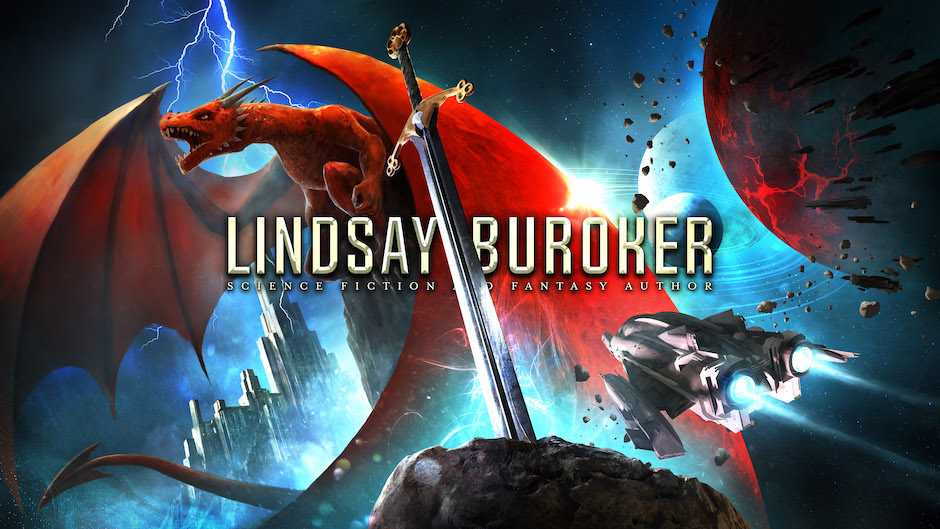
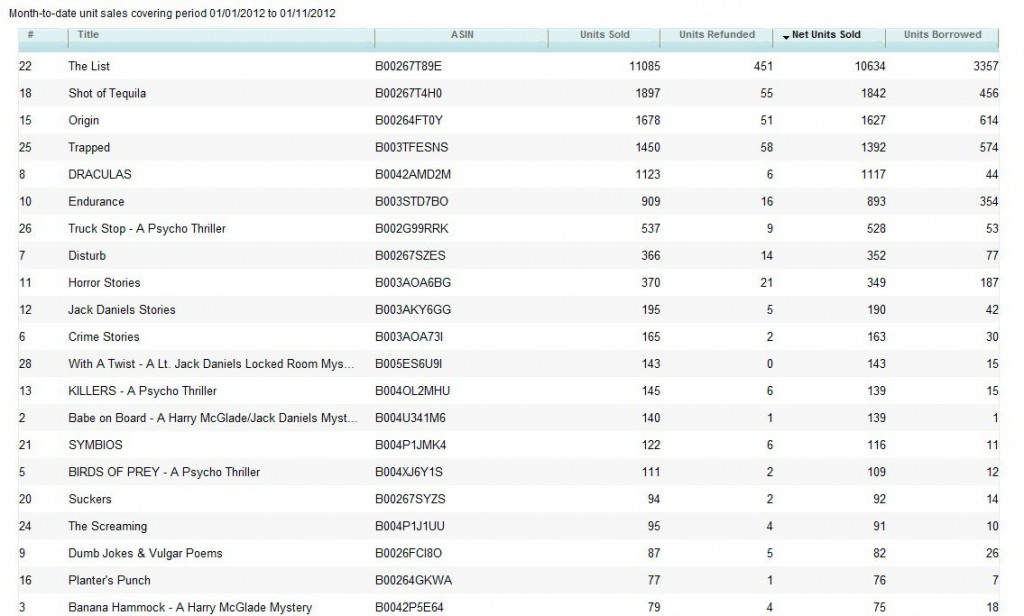
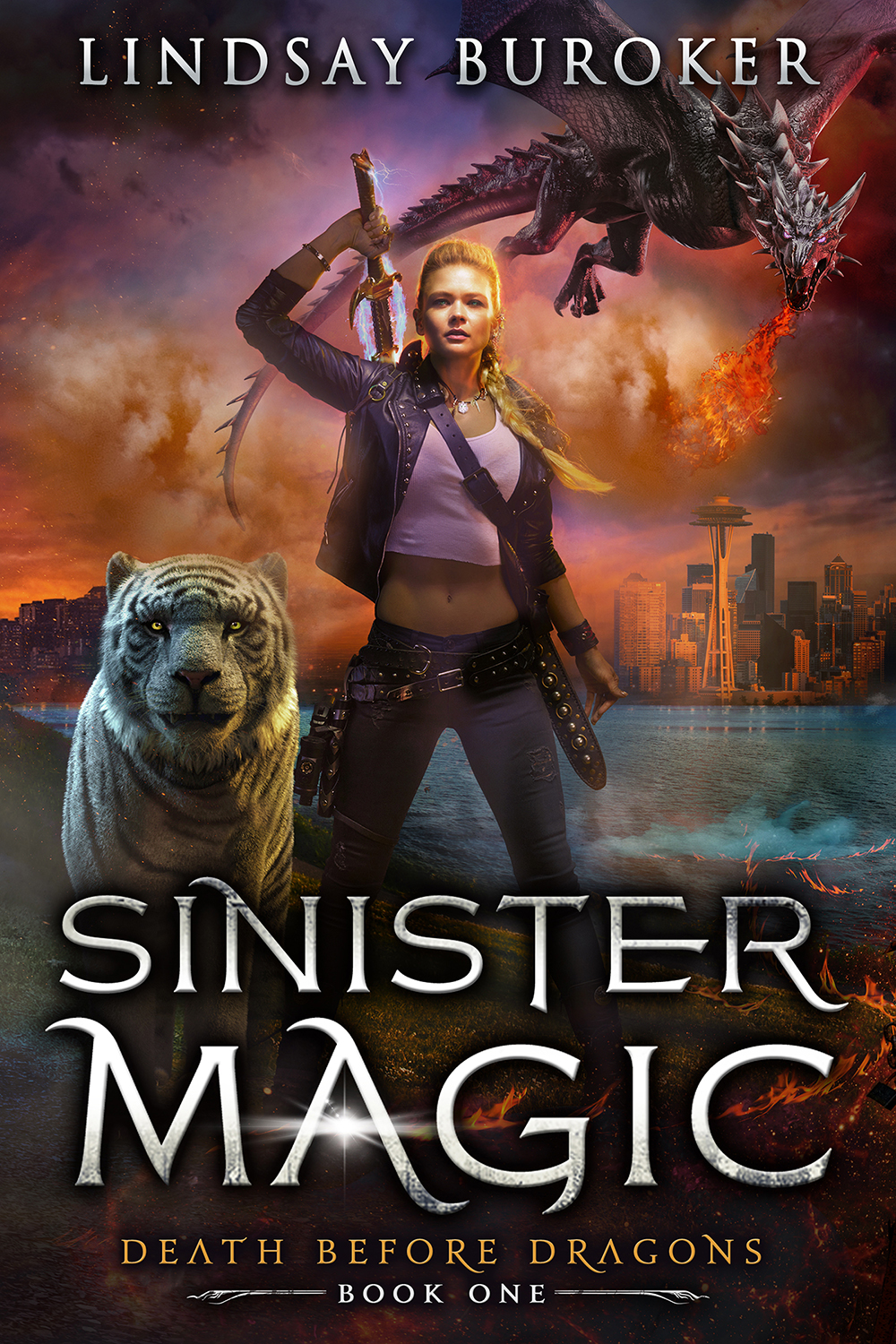
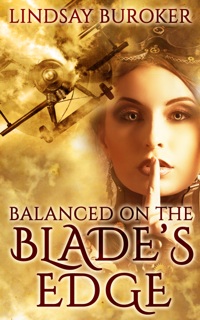
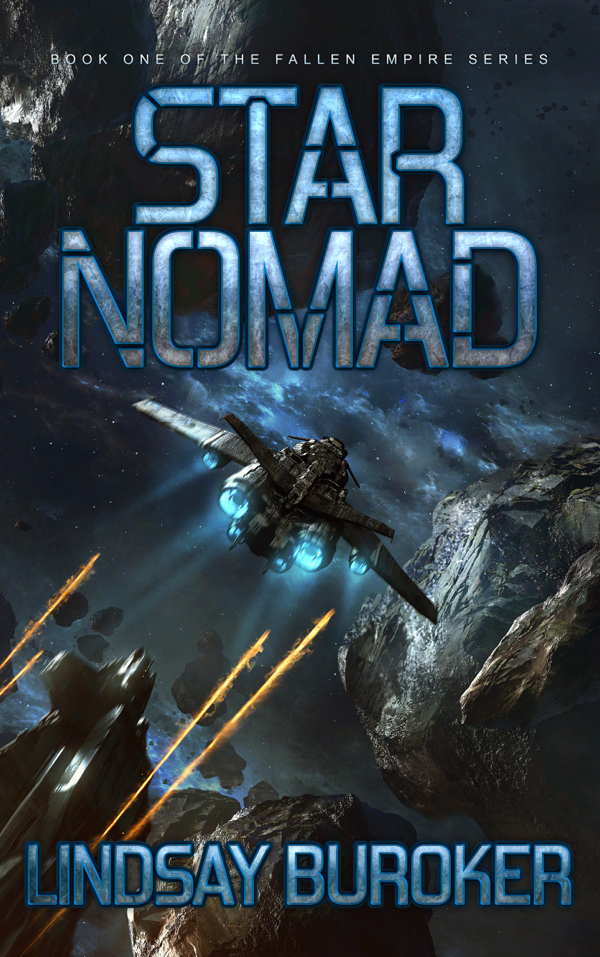
Interesting post. I completely agree with the idea that the more books you have out the better your chances for success. It just makes sense, which is why as a new writer I will be spending the vast majority of my time working on new fiction. Sure marketing is important, but you have to have something to market. Also like Lindsay points out the more books you have out there the more statistically likely you are to land a hit, just like in Battleship.
One thing the numbers show me is that this is a long term hustle. Konrath has 40 titles on that list. I’m sure he writes long hours, but 40 titles had to take years to amass. Unless you are unnaturally lucky, or on some sort of literary enhancement drugs (do they sell those in Mexico, has congress investigated?), you are going to have to strap in for the long haul and do the work. Great post as always Lindsay!
Literary enhancement drugs, hm. Do they make you ignore shiny distractions on the internet and focus entirely on your manuscript? I might risk a run-in with the Federales for that. 😀
I agree, but think there is something else to consider here. Not only does Konrath have a lot of books that someone could find (and therefore find there way to his other books) by having lots of books, but some of these books (Draculas is the first on the list that jumps out at me) that are co-writes. He has several that are co-written or have stories from him and another author. That gives someone who is a fan of Blake Crouch exposure to Joe Konrath. I think this almost works as a multiplier because that means all of Blake Crouch’s books are working as a possible route a new reader might discover him. Obviously Blake Crouch benefits in the same way from Konrath’s books. It casts both of their nets that much wider.
For those who like to collaborate, that certainly does seem to be a way to get more books out and increase readership. I can’t imagine it myself (I’m not a control freak in many aspects of my life, but I am with my characters!), but lots of writers do it.
He also benefits from having had a publicity team paired with his traditionally-published books and a ready-made fanbase when he made the switch over.
So, yes, he’s got time spent, books writ, collaborations with other authors, publicity with his traditionally-published books, multiple fanbases, multiple series, a sense of humor a lot of people like, a rebellious, famous early switch to self-publishing, and um…a lot of hard work, an increase in e-reader sales, holidays and luck? going for him.
Anyway, I think it’s not just the amount of material he has out there but also the amount of exposure. I think it’s possible to write a lot of books but still be an obscure writer.
Thanks for the comment, Laura!
Konrath always talks about how little all his earlier publicity work helped with sales, and he certainly wasn’t selling books like this a year and a half ago when I first started following his blog (he’s been blogging for years, and his site was already very popular then). I believe those numbers are mainly from his ebook sales on Amazon, and he’s really exploded there in the last year. The thing is that most of those buyers are coming through the site itself. Amazon is marketing for him, rather than it being anything he’s doing with his blog or marketing.
That’s just how the Amazon algorithm works. The more you sell, the more you’re rewarded — hit a tipping point and your books start showing up on everyone’s recommendations list. And with more and more people getting Kindles, that’s a big demographic to be recommended to!
“I think it’s possible to write a lot of books but still be an obscure writer.”
No argument there. You still have to sell enough books to get on Amazon’s radar and for that whole recommendations system to kick in. For most of us, that means hand-selling in the beginning. I just mean to say that the potential payoff is much bigger if you have more work out there.
Huh, interesting! I hadn’t thought about the Amazon built-in algorithm, but that makes perfect sense now that you mention it. So, once you hit that plateau, obscurity stops being a problem–they’ve got it covered for you. Interesting.
And it’s true that if a reader likes your work and there’s more to find, they might come back.
I suppose my initial hesitancy about “the more the merrier” marketing scheme is that, for myself as a reader, I enjoying finding authors whose first books are coming out. I don’t like being overwhelmed by a mountain of choices on where to start in order to sample the “established” author–and I find authors more approachable when they’re new. Maybe I’m in the minority?
So–is the algorithm based on total books sold by author or about individual books competing against each other? I suppose it would make more sense for it to be by total books sold by author? Hmmmm.
Actually, every book seems to stand on its own. Established authors will become bestsellers right away, not because they’re so-and-so but because they have thousands of fans waiting for their books, fans who go out and buy the new release in the first few days its out. That sends the book hurtling up the charts, past the slower selling books that have been out for a while. If sales remain high, the book will be up there for a while.
Oh, I love finding a new author and learning that he/she has a whole bunch of books out, especially if they’re with the characters I’ve already started to dig.
Yes, I’m at a much lower level than Konrath (obviously!), but I’ve definitely had folks tell me that Amazon recommended my books to them because they’d purchased books by various other steampunk authors.
Then you’re working your way up the rungs! I’m trying to think how I ran into your books… I think it was an Amazon referral, actually. “Customers also liked ____.” I remember really liking your EE cover, the blurb was intriguing and sounded fresh and the price was affordable. At the time I had no income whatsoever–but I can’t pass up books. It took me maybe about a month after downloading the book to actually start in due to the other books I was reading, but once I did I was hooked! 😀
So yeah, Amazon’s algorithms are working! Huh, that’s crazy, but then I’m glad they have it!
Wait…an Encrypted sequel?!?
I hate to totally avoid the main issue of the article, but please, more info about the Encrypted sequel. Are you still planning on writing it? Soon? Details!
Someday, Cathy. 🙂 Right now, everyone’s asking for the next EE book, so I’m focusing on finishing up that series.
Thanks for asking!
I hadn’t thought to analyze his data and your observation that he’s making the most out of a little is interesting. From what I’ve seen, I think that’s about the same as traditional publishing houses. Interesting correlation. And also says ones again something he himself often says, you need to write more books, not just publicize more.
Thanks for analyzing it form the standpoint of more “mortal” writers. That’s one reason I follow your blog! 🙂
And Konrath is not the only good example. John Locke is the international best-selling author of eleven books in three different genres ranging from action/adventure to Westerns. More than one book, more than one genre, more than one series. That’s the ticket. Keep writing!
The lesson learned certainly seems to be that if you are ever in doubt, keep writing.
The story that I’m currently brainstorming was supposed to be the start of a series, but after reading this post I think I’ll try to make it a standalone with the potential for a series and the story after that would be something different. Thanks for sharing this!
Usually looking at Konrath’s numbers gets me depressed, but… over 450 refunds for just one of his books. I’ll no longer worry about the 3 refunds this month for one of my books. 😉
That gives me hope. The 2 books in my 1st series go to their editors end of this month.
Then I plan to get book one of the other series out this year.
I just hope to make enough to finance the next book. Eventually, I want to do better. But I’d settle for that at the beginning.
Lindsay great post as always 🙂
I think that Joe’s success if wonderful and I’d love to be in the same spot. I think having loads of titles is a big key to success for several reasons. While having a bunch of books does make you far more visible it helps you because many readers like to read collections. I know when I find an author I like, I tend to read more of their work. If you have 40 titles out then if someone likes you they can go buck wild reading your stuff which even at the $0.99 or $2.99 level can make you a good chunk of change. But the thing I think most of us new people forget is that Joe has 40 books out. Like most things, the more you practice the better you get. I haven’t read any of his books but I’d wager that he’s grown a lot as a writer from book 1 to 40, and that’s important in this business. Being a good writer can make a huge difference in sales.
As always thanks again Lindsay 🙂
I always like a good analysis of success stories. It does seem to boil down to “work hard and don’t give up.” At least it is something that is attainable 🙂
I was wondering about those refund numbers, too. I never knew you could return books!
Konrath has anthologies up there too, so that’s another way you can expand your reader base if collaboration isn’t your thing. But yeah, I’ll echo Jon Mac in that it boils down to hard work and not giving up.
OK, with Konrath and his other crime writing friends offering a slew of free ebooks these past 2 days, I’ve been busy downloading. One thing I am now noticing – A LOT of their books are novellas. That’s how they are kicking out so many books. Some, but not many, are full length novels. Most are around 22,000 words or less. That’s one way to quickly build quantity. Seems to be working for Joe.
Yes i noticed that too.. Konrath has kicked out a fair number of basically short novellas to build up that list of books he has.
I read this, and my head nearly exploded.
Hey Lindsay, nice article! I’m a fan of Konrath’s blog and came to the same conclusion as you — we all need to be stapled to our chairs and writing! Konrath didn’t have overnight success, but he’s worked hard for years and it’s finally paying off for him.
I’m still very green in all things writing/marketing/e-publishing, so I just discovered and read about Konrath a couple days ago.
I agree with your comments though, especially as, the more research I do about other authors not only making a living from self-publishing, but being those “break-out” stars, the more I see they aren’t doing it with just a few books under their belt, but a slew of books they’ve worked on for a while.
It reinforces in me that I need to keep writing and writing and writing 🙂
You have a fantastic blog. I feel it is better to write new books and spend less time to promote the old books…
I just wanted to say that I love your blog posts! Over all they have been extremely encouraging. Congrats on so many sales and thanks for sharing your thoughts!
Excellent post Lindsay. Love your blog very insightful posts.
I agree on having several books in different genres as if you put all your eggs in one basket it may not pan out. My first one coming out next week is sci-fi but after that it will be a classic love story.